1. “Teacup” is a Marketing Term, Not a Real Size
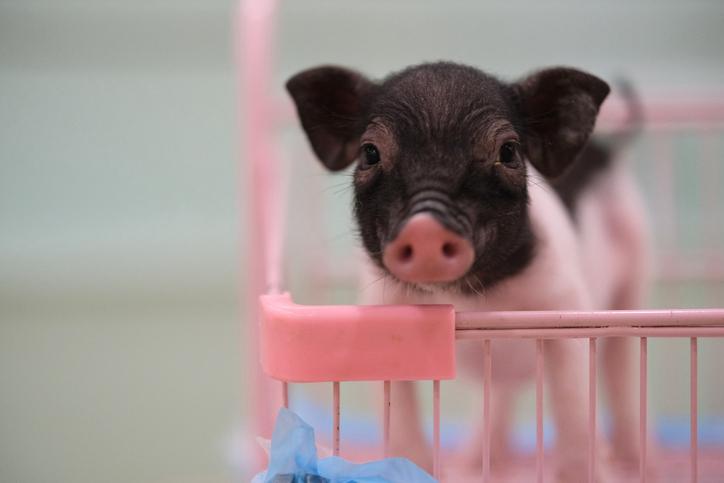
It’s easy to fall in love with the idea of a teacup pig, a tiny, forever-small companion that fits perfectly into your home and heart. But the reality of a pet pig is often much bigger, literally and figuratively, than the photos suggest. The term “teacup” is a sales pitch, not a recognized breed or a biological size class for pigs. There is no official breed that permanently stays the size of a teacup or even a small dog. Responsible sellers may use terms like miniature or micro pig, but even these descriptions are subjective. The deception often involves showing photos of piglets next to misleading objects like a mug or a hand, or only showing their small, immature parents. Most so-called micro pigs grow for 3–5 years and can eventually weigh anywhere from 80 to over 200 pounds. Owners must plan for the largest case, secure, spacious housing, robust fencing, and appropriate vehicle space, because a pig’s biology and natural growth will always override a seller’s marketing claims.
2. Baby Pictures Hide Years of Growth
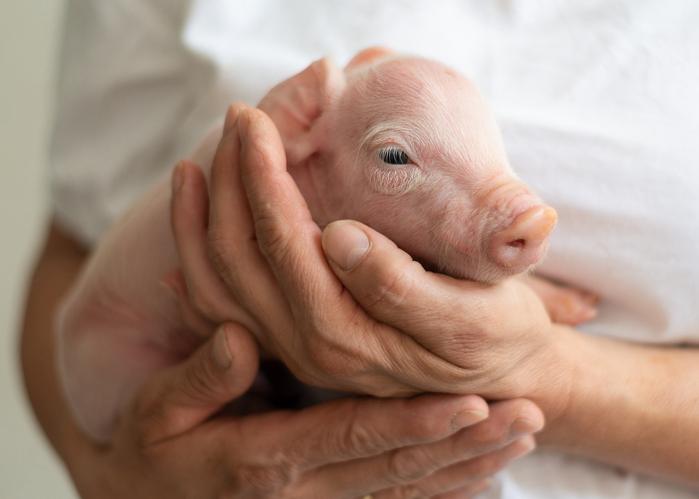
The adorable baby pictures used in listings are highly misleading because pigs grow in long, steady arcs that hide their ultimate size. Many listings show a piglet in palms, next to a coin or a household item, implying a future lap pet. However, a six-month-old pig is still a child; its bones, joints, and hooves continue to develop long after that initial “cute” stage. Families are often surprised when the promised “house pig” becomes a strong, clever, knee-high bulldozer who can easily manipulate sliding doors, push open baby gates, and even learn to open a refrigerator. This is a primary reason why many adolescent pigs end up surrendered, the owners were simply not prepared for a pet of that physical strength and size.
3. Dangerous Diet Myths Cause Suffering
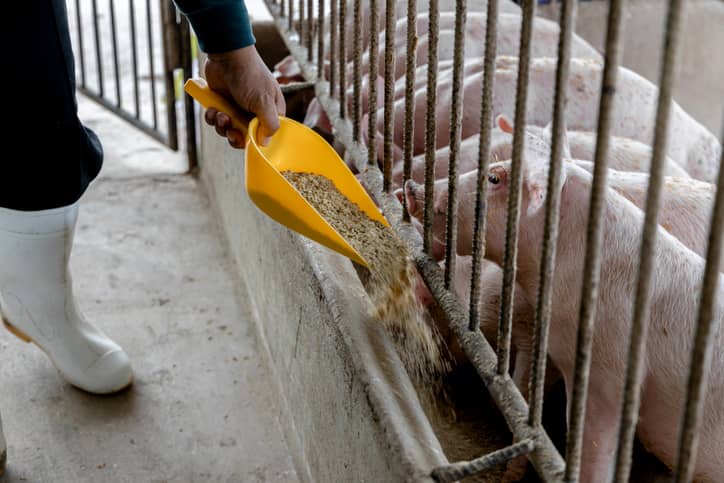
Some irresponsible sellers promote dangerous diet myths, often suggesting tiny, restrictive rations to “keep them small.” This is not an intelligent feeding plan; it is, in fact, starvation. Underfed pigs do not stay small due to genetics; they become malnourished, which leads to weak bones, irreversible organ damage, a weakened immune system, and severe behavior problems driven by constant, intense hunger. Proper welfare requires a balanced, commercially formulated miniature pig feed, measured portions, and fresh vegetables for enrichment and fiber. If a breeder’s food advice sounds like a crash diet or suggests withholding essential nutrients, you should walk away immediately and consider reporting them to local animal welfare authorities, as they are promoting animal cruelty.
4. Zoning and HOAs Can Make Your Pet Illegal
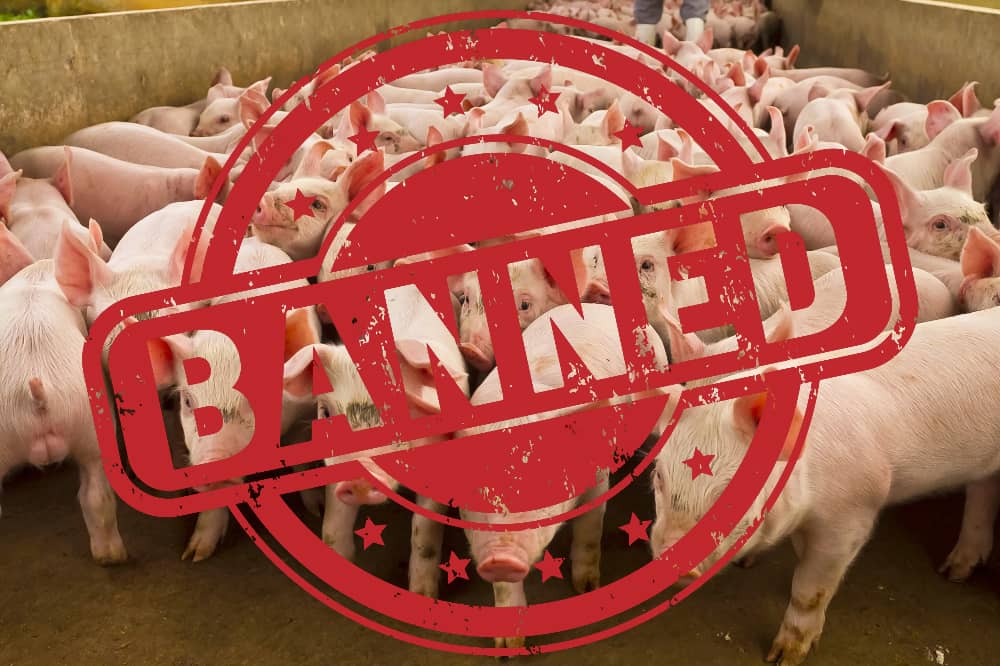
Before you fall in love with a piglet, you must check your local laws and zoning ordinances, as many cities classify pigs as livestock. This classification can effectively ban them inside city limits or require specific conditions, such as minimum acreage, special permits, or specific setbacks from property lines. Additionally, even if city zoning is clear, Homeowners Association (HOA) rules often prohibit pigs outright, as they may only allow typical household pets like cats and dogs. The argument that “but he’s a teacup” will not change a zoning citation, a fine from your city’s animal control, or an eviction notice from a cranky HOA board. A thorough check of your municipal code and a call to animal control are essential first steps.
5. Vet Care is Specialized and Not Universal
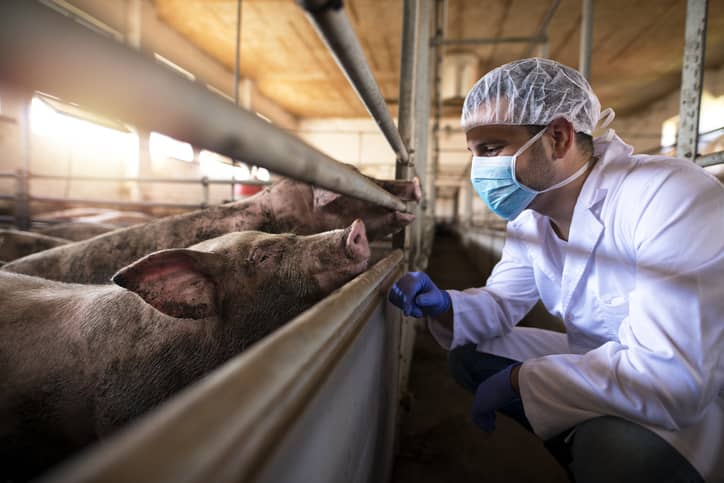
Finding a vet for your pig is not as simple as walking into the nearest clinic; pig veterinary care is specialized. Many companion-animal clinics are not equipped or trained to treat pigs, and large-animal or farm vets may be located far away, making routine care difficult. Your pig will need specific care, including regular hoof and tusk trims, deworming protocols, appropriate vaccinations, spay/neuter surgery, and specialized sedation plans, as pigs are stress-prone patients. It is vital to line up a pig-savvy veterinarian before you adopt. Routine visits can require specialized handling, heavy-duty scales, and a calm, quiet environment, which most general practices simply cannot spare.
6. Smart, Social… and Easily Bored
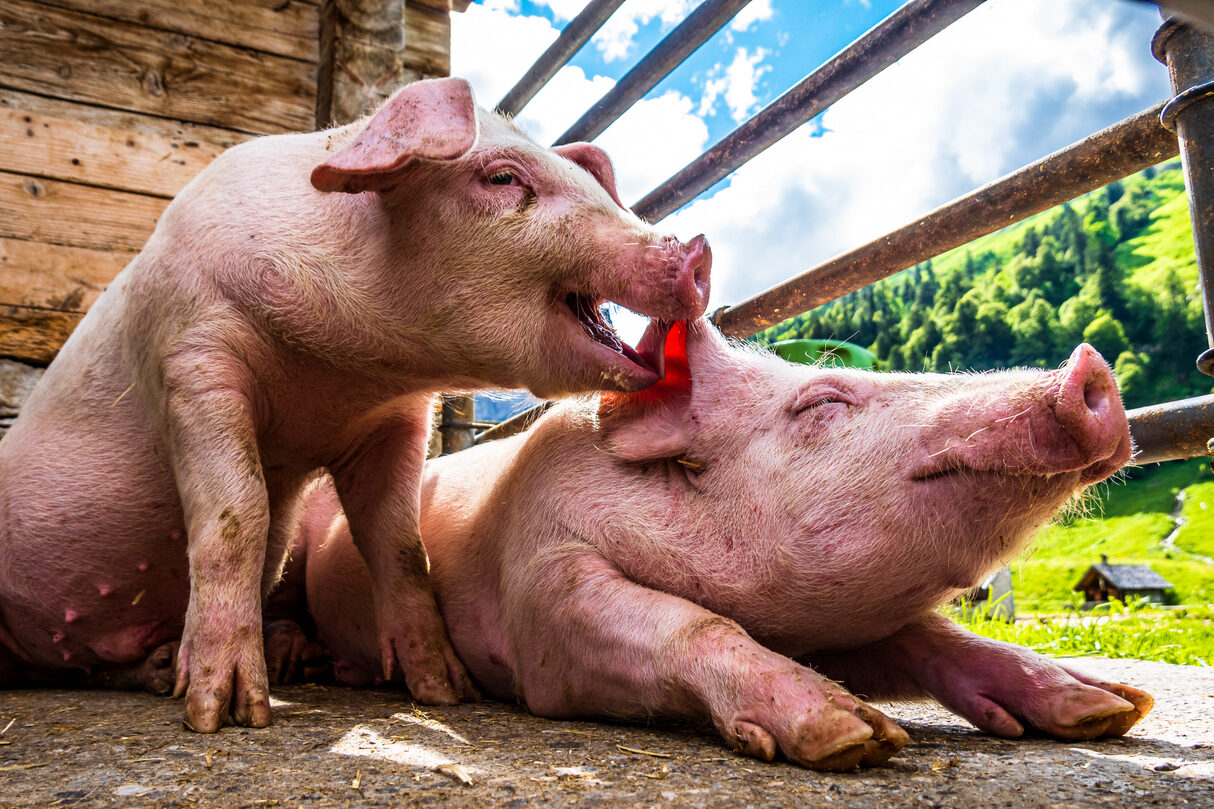
Pigs are brilliant animals, possessing high intelligence, excellent memories, and a natural inclination toward problem-solving. This high intellect means they are also easily bored. Without proper enrichment, activities like rooting boxes, snuffle mats, scatter-fed meals, or consistent training sessions, they will invent their own “jobs.” These self-made tasks often manifest as destructive behaviors: acting as a “flooring inspector,” a “cabinet opener,” or a “couch excavator.” Regular clicker training and using puzzle feeders turn that big brain into a source of joy and interaction instead of property damage. For a pig, ten minutes of structured foraging or training is far more satisfying than an hour of frustration for both of you.
7. Rooting is the Operating System, Not a Bad Behavior
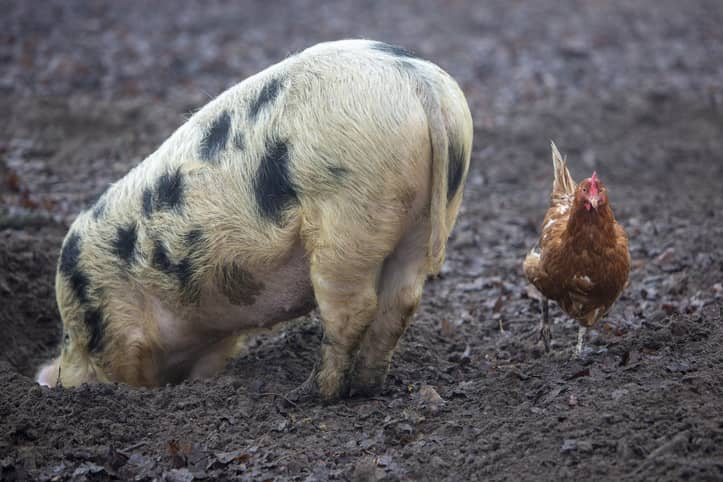
Rooting is the fundamental way a pig explores and processes the world; it’s not a bug in their programming. They use their strong, sensitive snouts to smell, dig, and investigate, a need that is deeply ingrained. Because of this, yards without a designated rooting zone will quickly be turned into a “moonscape” of overturned soil and destroyed grass. The solution is not punishment but accommodation: build a dig pit using a mix of sand and soil, hide their pellets or treats in it, and rotate “treasure hunts.” Indoors, you must supply appropriate outlets like heavy rubber mats, cardboard boxes for shredding, and durable foraging toys. Trying to “discipline out” rooting is impossible; it’s like scolding a retriever for wanting to play fetch.
8. House-Training Requires a Pig-Proof House
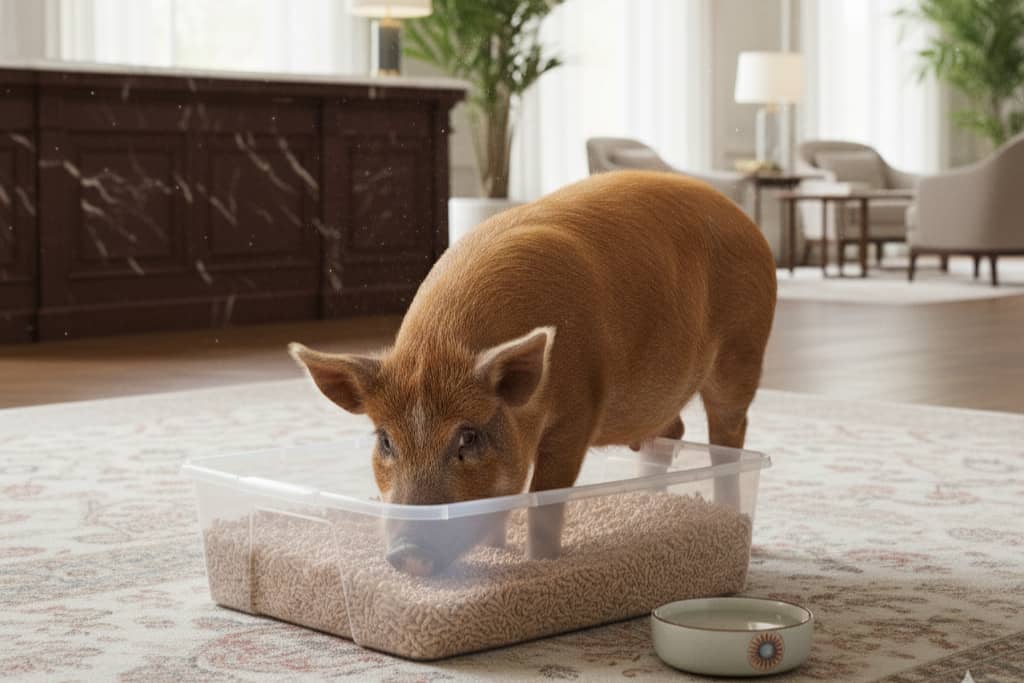
Pigs are naturally clean and can successfully learn to use litter pans or ask to go outside, making them highly trainable. However, success depends entirely on setting up an appropriate, safe physical environment. This means non-slip floors, gates that resist a forceful nudge or lift, and safe rooms sized for a solid, strong animal. Slippery hardwood floors paired with a startled or excited 120-pound pig can easily result in serious injuries, both to the pig’s joints and to any person in the way. Owners should install rubber mats, low platforms, and use doors that latch securely to prevent accidents. Thinking through the logistics of a solid animal in a human home is key to long-term success.
9. Social Needs Run Deeper Than Just a Cuddle
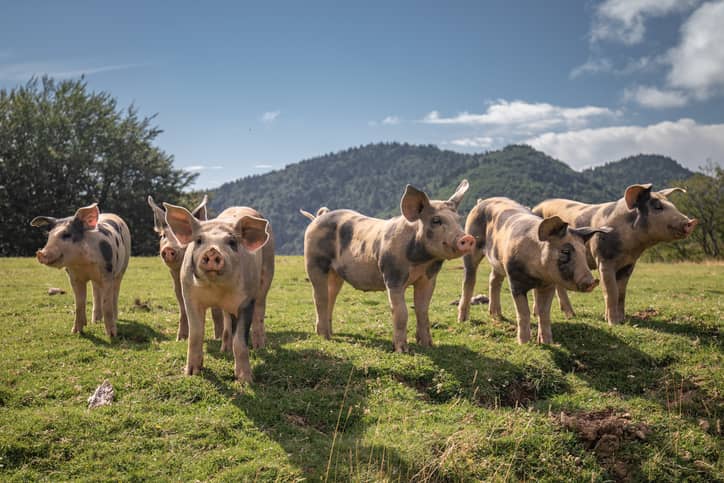
Pigs are highly social herd animals that form complex bonds and hierarchies in their groups. A solo pig in a busy household, while receiving attention, can still become anxious, territorial, or depressed due to the lack of a companion who speaks “pig.” They thrive on predictable routines, consistent daily touch, and interaction. In some homes, a compatible second pig is the best solution for their social needs. If getting a second pig isn’t feasible or advisable, owners must double down on positive training, enrichment activities, and quiet, non-food-related hang-time. Understanding their need for companionship beyond human-style cuddling is essential for their mental well-being.
10. Spay/Neuter is a Game-Changer for Behavior and Health
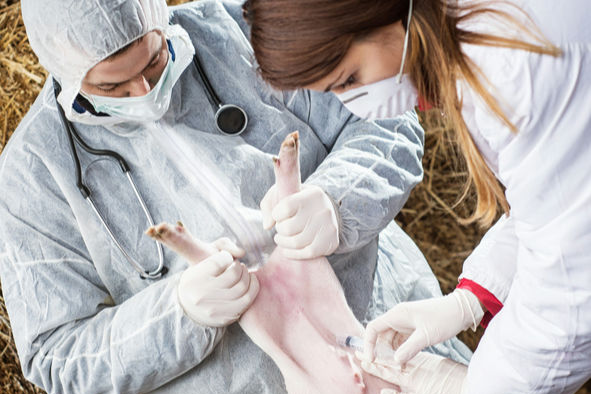
Spaying or neutering a pig is an essential welfare item, not an optional extra. Intact (unaltered) pigs are subject to intense hormone storms that cause a host of undesirable and challenging behaviors, including aggressive mounting, strong-smelling urine marking, and intense mood swings. For females, leaving them intact dramatically increases the risk of serious medical issues, such as uterine tumors and pyometra. Early spay/neuter, performed by a pig-experienced vet, significantly smooths behavior and prevents major medical problems later in life. It also helps curb the source of “oops litters” that often stock the pipeline of sketchy “teacup” ads, supporting responsible pet ownership.
11. Rescues Are Full of “Teacup” Returns
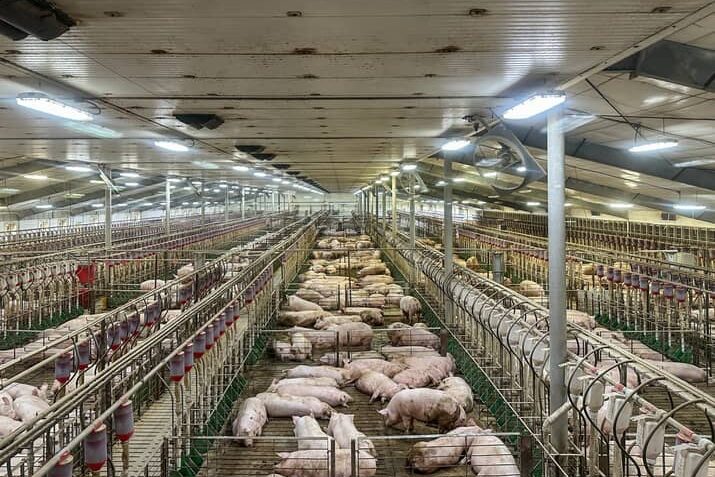
The truth behind the “teacup” myth is starkly visible in animal shelters and dedicated pig sanctuaries, which are constantly packed with adolescent and adult pigs. These are animals that were surrendered when they finally outgrew their owners’ apartments, yards, or patience, the predictable result of the deceptive marketing. Adopting a pig from a reputable rescue offers a second chance to a deserving animal that is already spayed/neutered and has a known temperament. Reputable rescues will rigorously interview potential adopters, coach on local zoning laws, provide diet and behavior advice, and help you set up a realistic home environment, offering a crucial safety net instead of supporting an unregulated sales funnel.
12. If You Still Want a Pig, Do It Like a Pro
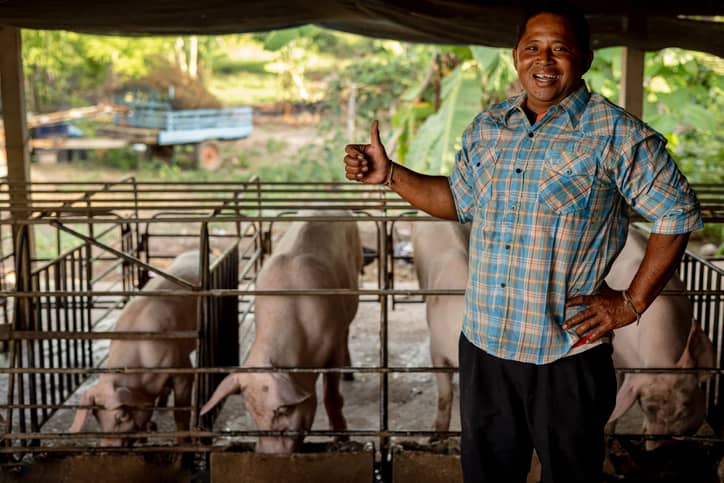
If you are committed to welcoming a pig, you must do your homework like a professional. First, absolutely confirm your local zoning laws allow a pig. Then, seek out breeders who will let you meet and see the adult parents of the pig you are considering. Demand veterinary references and get a full weight and age history of the parents and previous litters. Finally, price the full setup accurately: secure fencing that pigs can’t root under, a dedicated shelter, a rooting area, secure feed storage, necessary hoof tools, and an emergency transport plan. Pigs are wonderful, intelligent, affectionate, and hilarious companions, but they are not tiny, easy dogs. Respect the reality of the species, and you will find genuine joy in the reality of pig ownership.
The commitment to a pig is a long-term one, filled with unique joys and complex challenges that extend far beyond a cute photo. By understanding the true size, specialized needs, and incredible intelligence of these animals, you can ensure your home is a responsible, enriching environment where a pig can truly thrive.
This story Teacup Pigs, Big Problems, 12 Things Every Family Should Know was first published on Daily FETCH


